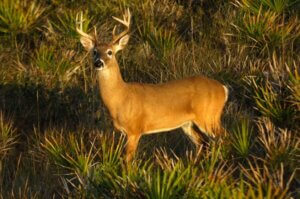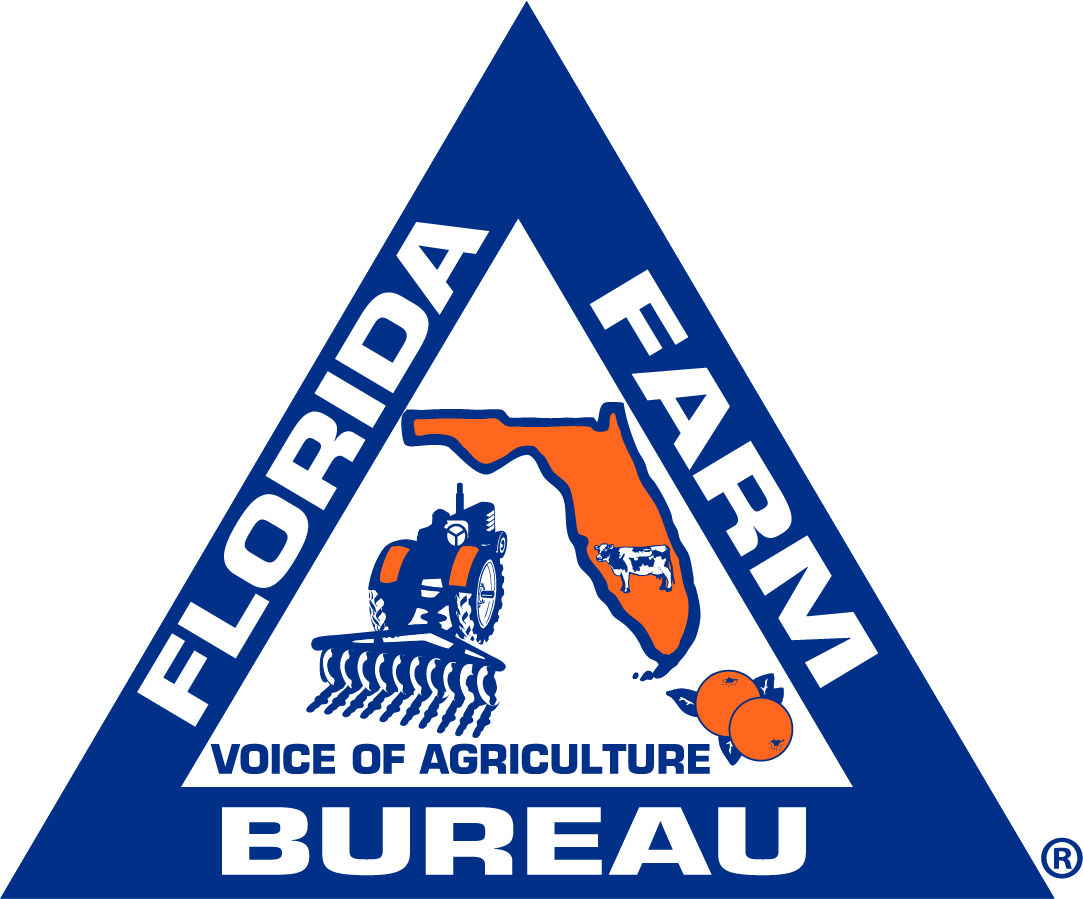April 2024 FloridAgriculture eNewsletter
Private landowners often encourage wildlife on their properties, with white-tailed deer being a popular species in Florida. However, certain wildlife activities, particularly those of deer, can lead to substantial damage to field crops and ornamental plantings. Reports of wildlife damage to agricultural crops have increased over time, with varying degrees of impact on different growers. A nationwide survey in the early 1990s highlighted severe economic losses in the Southeast due to wildlife depredation. It is extremely difficult to develop accurate cost estimates associated with wildlife damage to crops. However, approximations of these costs can be useful to illustrate the magnitude of the problems faced by agricultural operators.
 For the last decade, FFBF has been receiving complaints from our active membership in the Panhandle and surrounding counties about substantial crop losses due to deer depredation. These losses are a direct result from urban encroachment, forcing wildlife onto rural agricultural landscapes, poor management practices by the Florida Fish and Wildlife Conservation Commission (FWC), as well as strict rules implemented by FWC that disallow harvest rates and practices that help to manage a healthy and harmonious population of deer within the landscape.
For the last decade, FFBF has been receiving complaints from our active membership in the Panhandle and surrounding counties about substantial crop losses due to deer depredation. These losses are a direct result from urban encroachment, forcing wildlife onto rural agricultural landscapes, poor management practices by the Florida Fish and Wildlife Conservation Commission (FWC), as well as strict rules implemented by FWC that disallow harvest rates and practices that help to manage a healthy and harmonious population of deer within the landscape.
In Holmes County, the surface of Chronic Waste Disease (CWD) has forced FWC to implement a rule that eliminates a landowner’s ability to utilize deer feeding stations as a means to attract deer to those stations and away from productive and highly valuable agricultural cash crops. The unintended consequence of that particular rule is that now, deer congregate to agricultural lands, which is their only abundant source of food many parts of the year. FFBF members in that county have reported hundreds of thousands of dollars in lost revenue.
In Santa Rosa County, urban encroachment and ongoing development have significantly reduced wildlife habitat, again, forcing deer to search for a food source. Although deer feeding stations are allowed in this county, at the end of hunting season, landowners remove those feeding stations, just in time for the planting of peanut and cotton crops, quickly attracting the wildlife to the most abundant food source, that being on agricultural lands and causing significant damage and loss of revenue to our growers.
FFBF has been and will continue to work closely with County Farm Bureaus, impacted members and legislative representatives to raise awareness of the issue as well as come to a resolution that maintains a balance of wildlife and agricultural production within the region.
